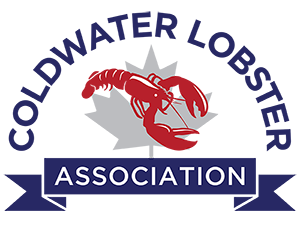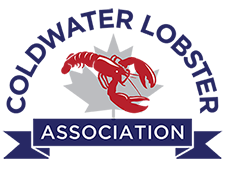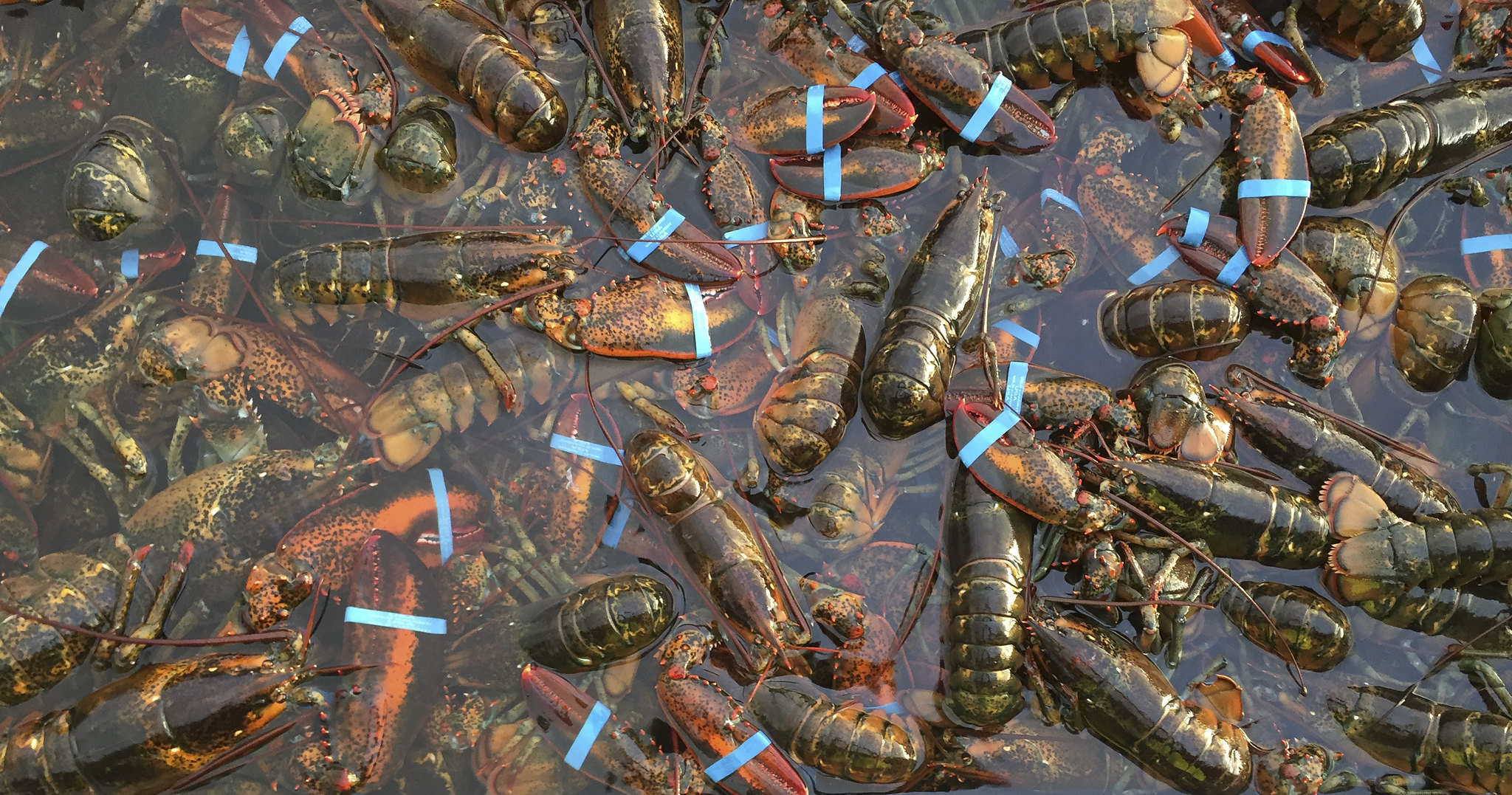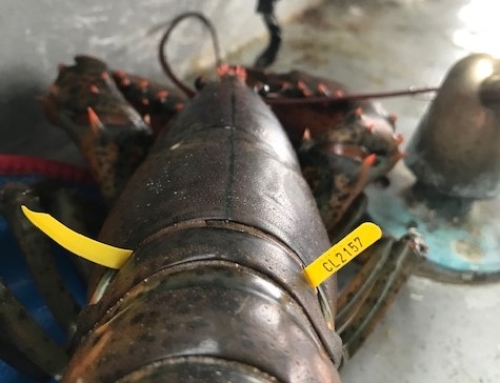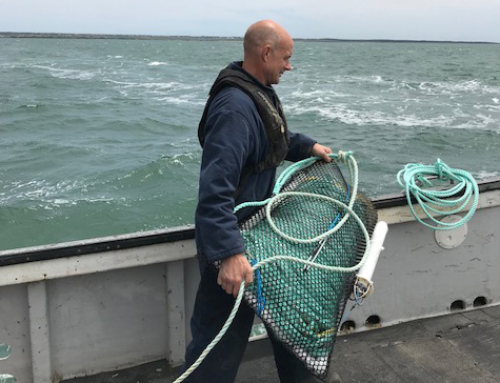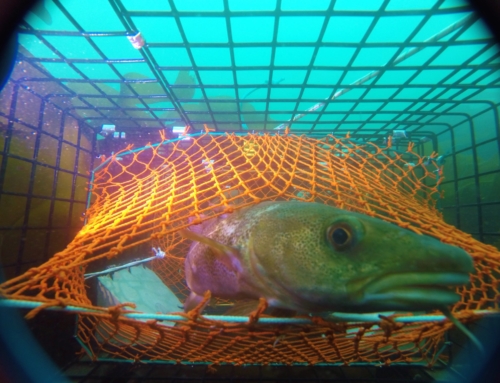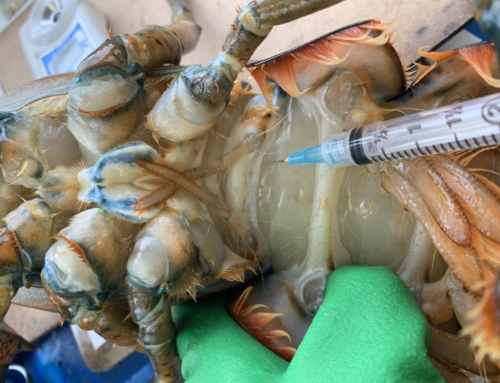Supplying consistently high-quality lobster to our markets is of paramount importance and has been identified as a challenge in LFA 34, particularly during peak landing periods at the beginning of the season. Findings from the 2013 Maritime Lobster Panel indicated that the entire lobster industry would benefit greatly if a catch grading separation process (based on quality grading standards) was implemented.
In 2018, Coldwater Lobster Association carried out a harvesting evaluation program to determine whether it was feasible to grade lobster at sea in LFA 34 during peak landing times. The project also monitored lobster holding methods onboard vessels in LFA 34 to determine which method(s) produce the best quality lobster. Given that the quality of a lobster cannot be improved after it is harvested, as an Industry, it is our job to maintain the quality of the live lobster during storage and transport to maximize its value to the industry and the province. The Lobster Grading, Handing & Holding evaluation project looked at whether the implementation of industry best practices would help to ensure that live lobsters are maintained at the highest level of quality possible and in turn, are able to demand top dollar from the marketplace.
The project was carried out in two phases. The first phase took place during the Spring of 2018 when lobster landings began to increase and the second phase commenced in the Fall of that same year during the peak landings period in LFA 34 (December). The Spring phase provided an opportunity to test the proposed evaluation for grading and allow for study methodology modifications, if needed. Feedback from fishermen was gathered prior to the Fall season when catches would be significantly higher. Both phases focused on gathering information specific to onboard holding and handling practices as well as a lobster grading component.
A total of 6 vessels participated in the project. CLA’s biologist met with participants onboard their vessels to review the project details and to provide the Captains with the necessary evaluation tools. Participants were presented with the grading criteria and provided a laminated lobster grading poster and data sheets to record their information. Harvesters also were instructed to record the catch weight of each grade on the project data sheets provided to them. Participating harvesters were asked to separate and grade their catch into two basic quality grades:
Grade A – hard shell, two full size claws, no open wounds or lesions.
Grade B – soft shell, hard shell with unequal claw sizes, culls*, open wounds or lesions.
* Culls – one or two missing claws or claws not equal in size.
Spot checks were carried out to ensure the participants were following the project protocol(s) and participants were provided the opportunity to ask questions and/or identify any concerns that they had during the grading process.
A report of the findings from the Lobster Grading, Handling & Holding project are available by contacting the Coldwater Lobster Association office.
